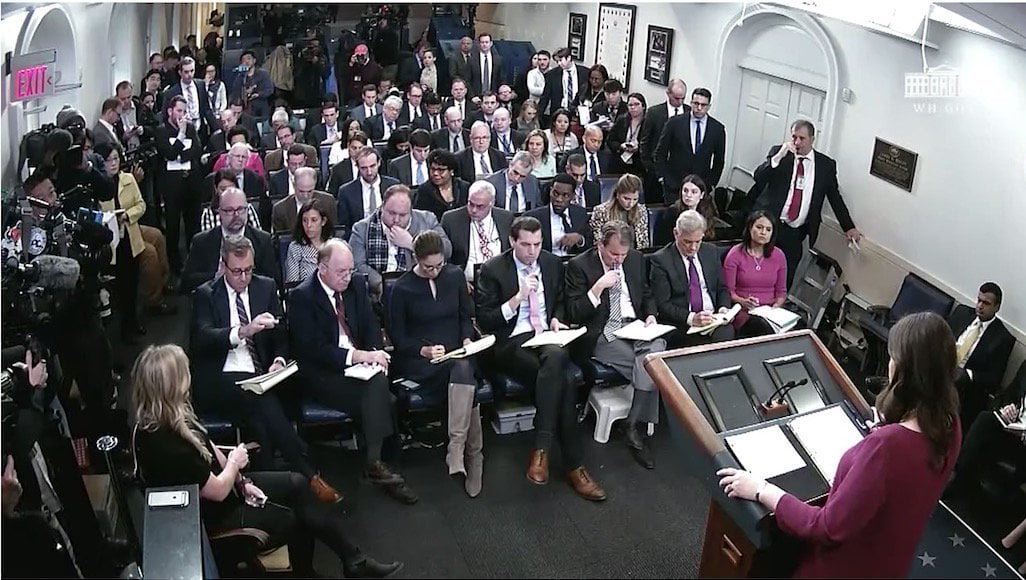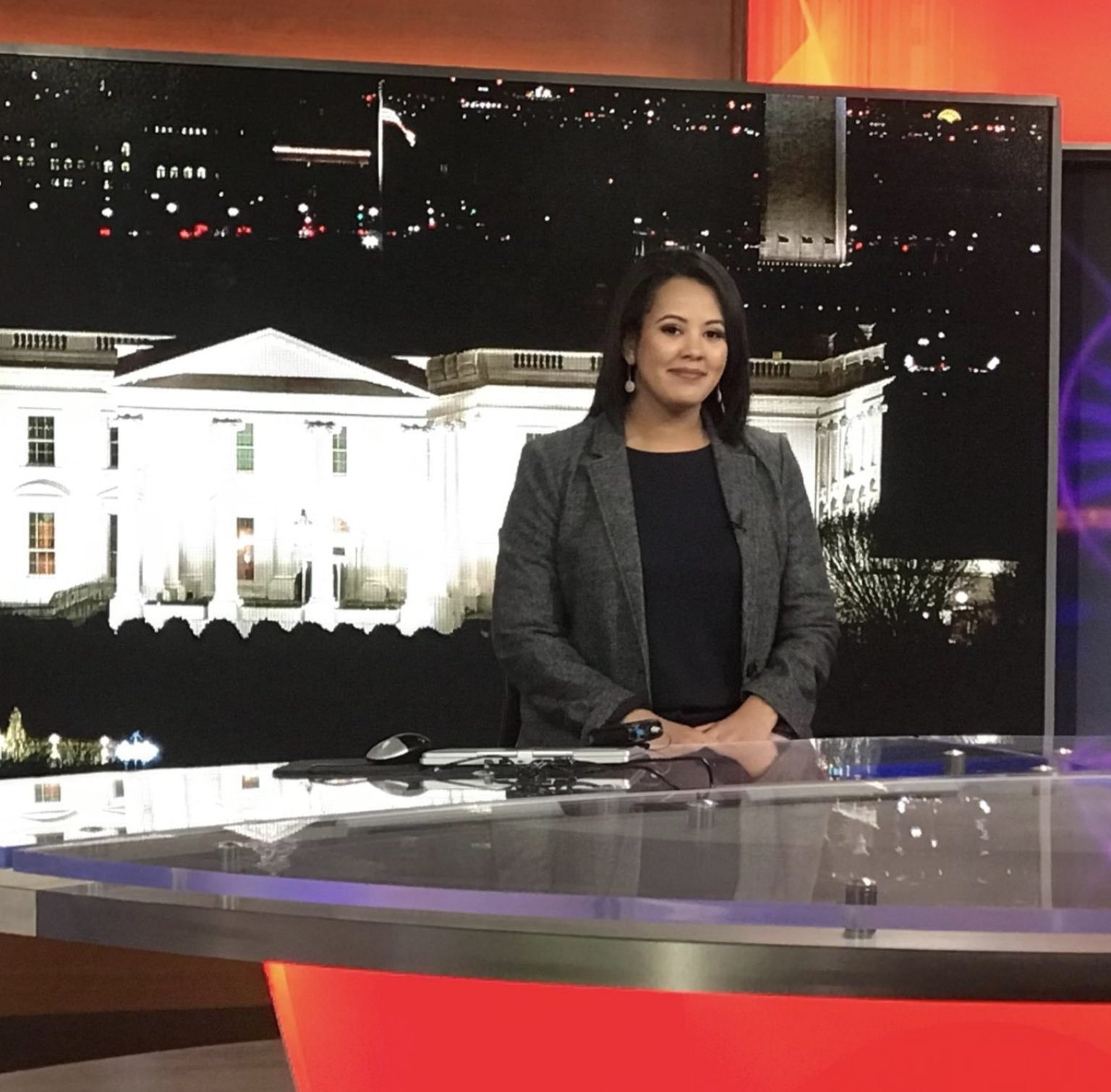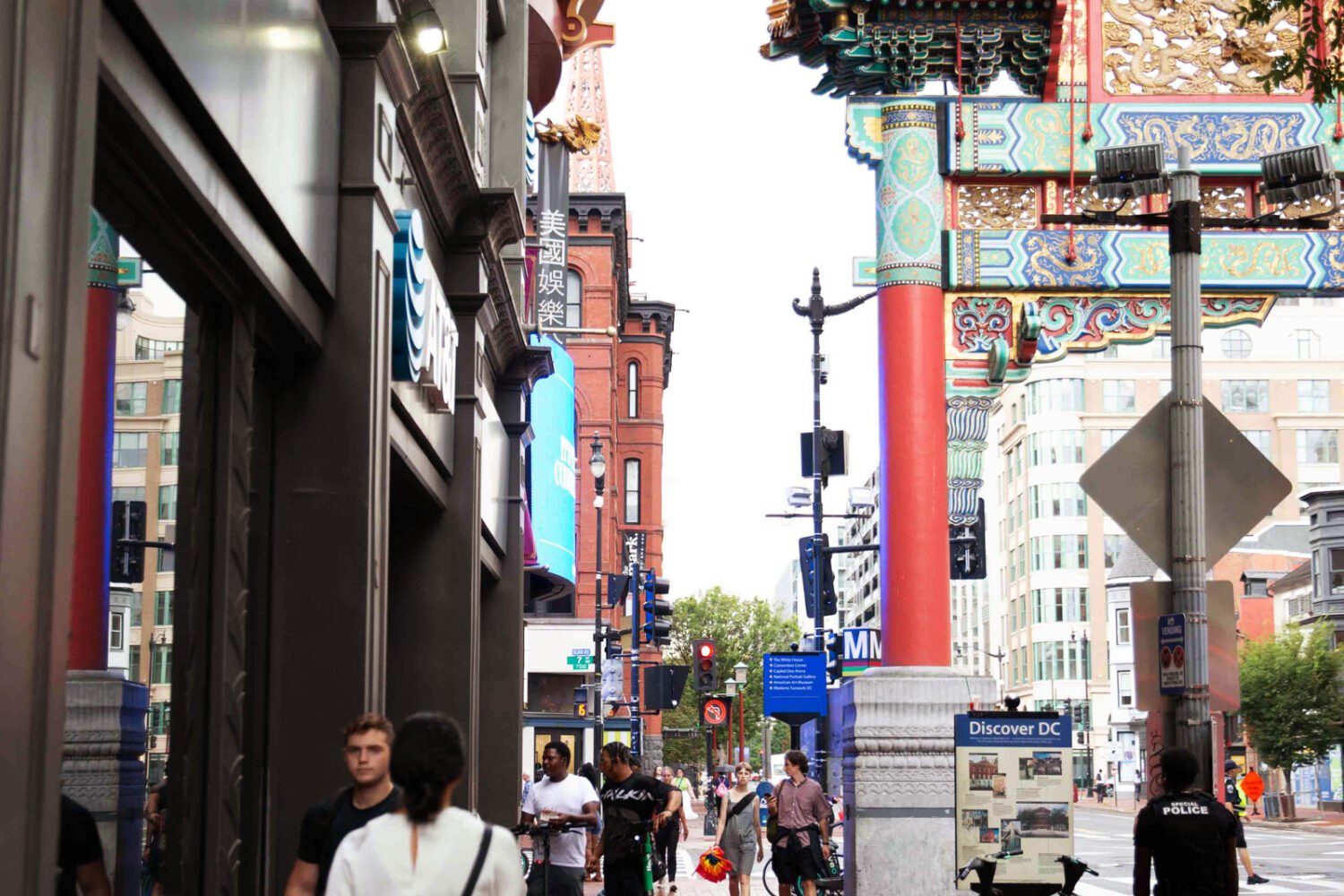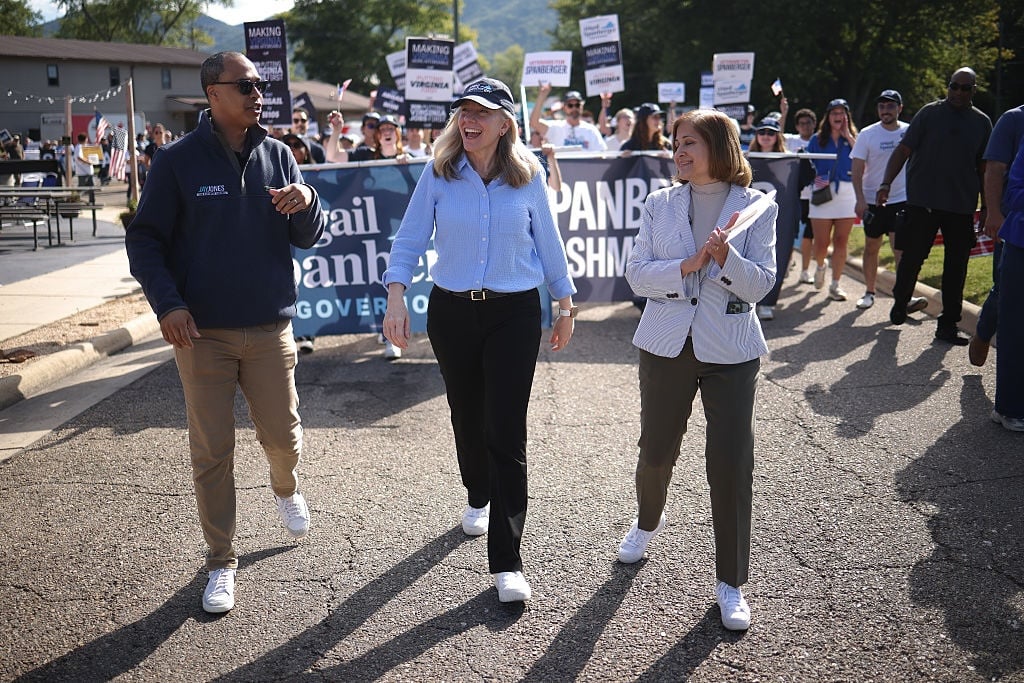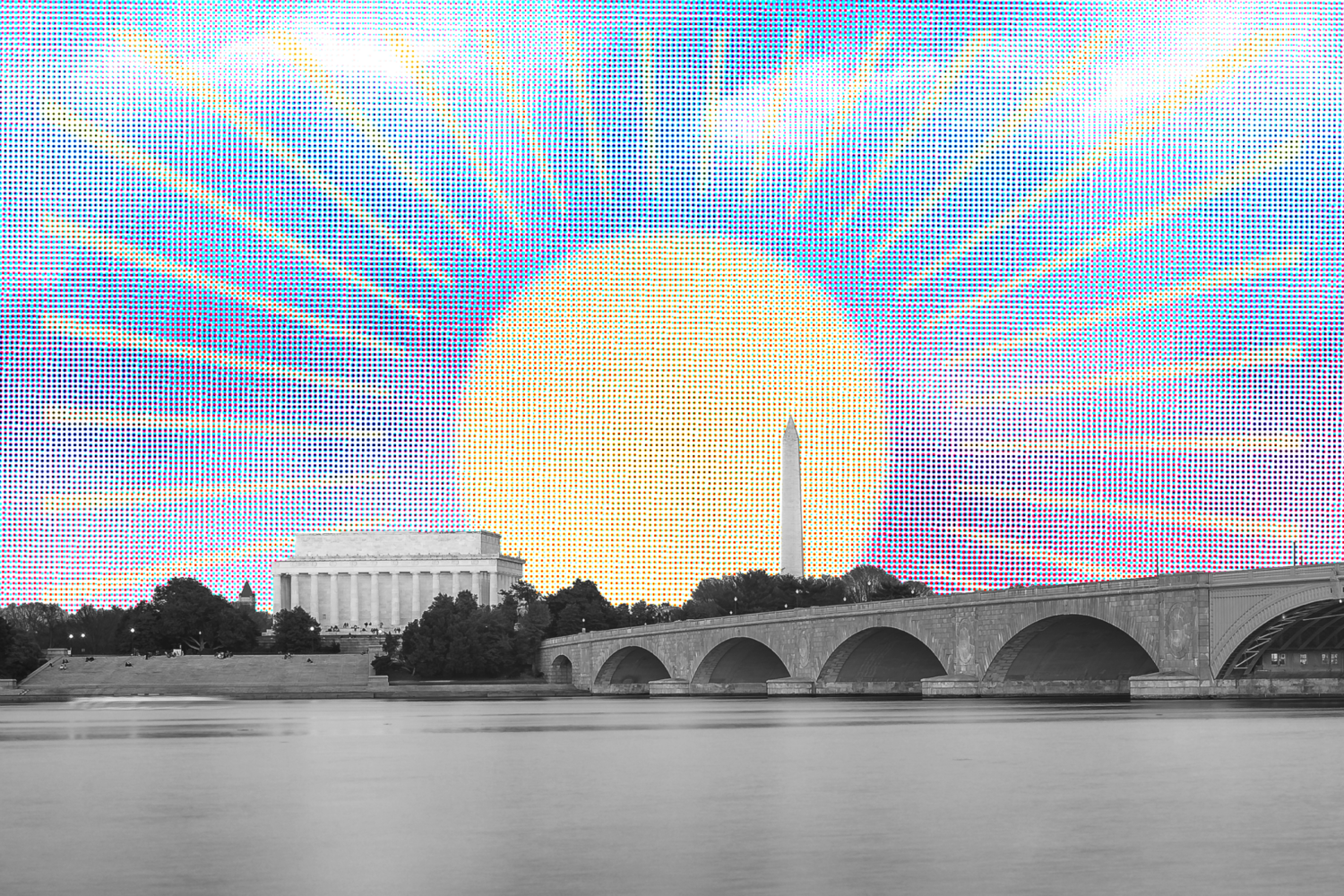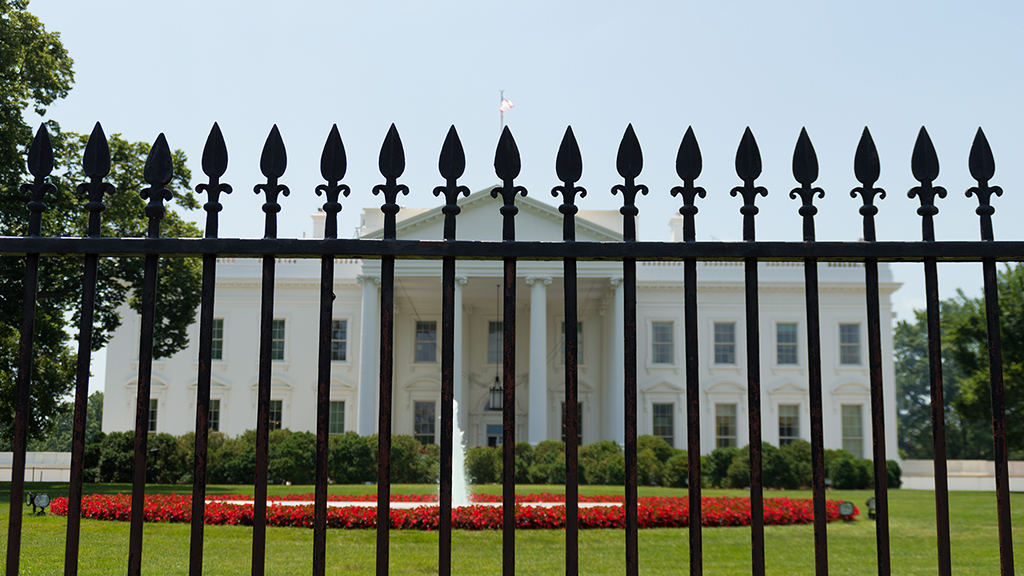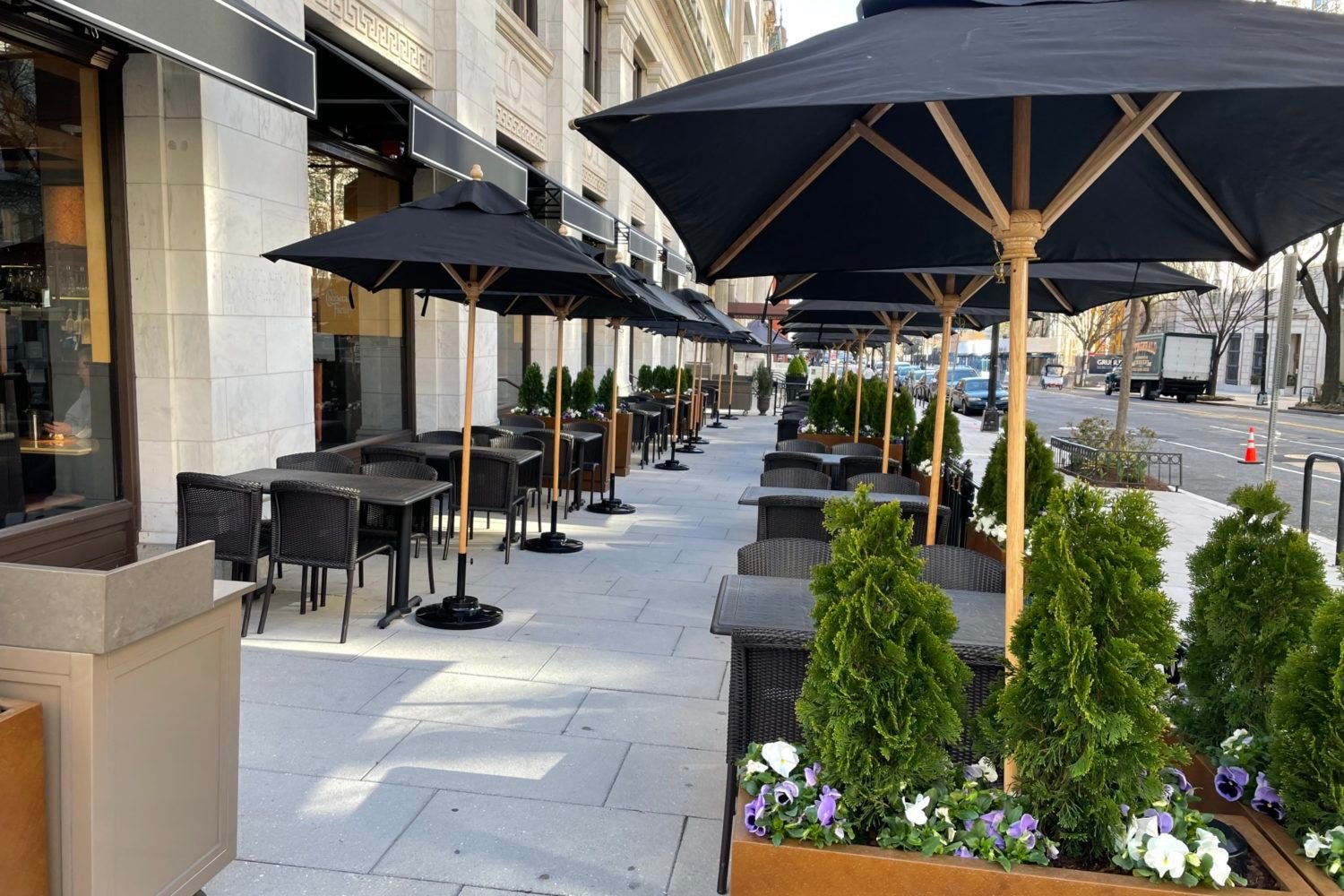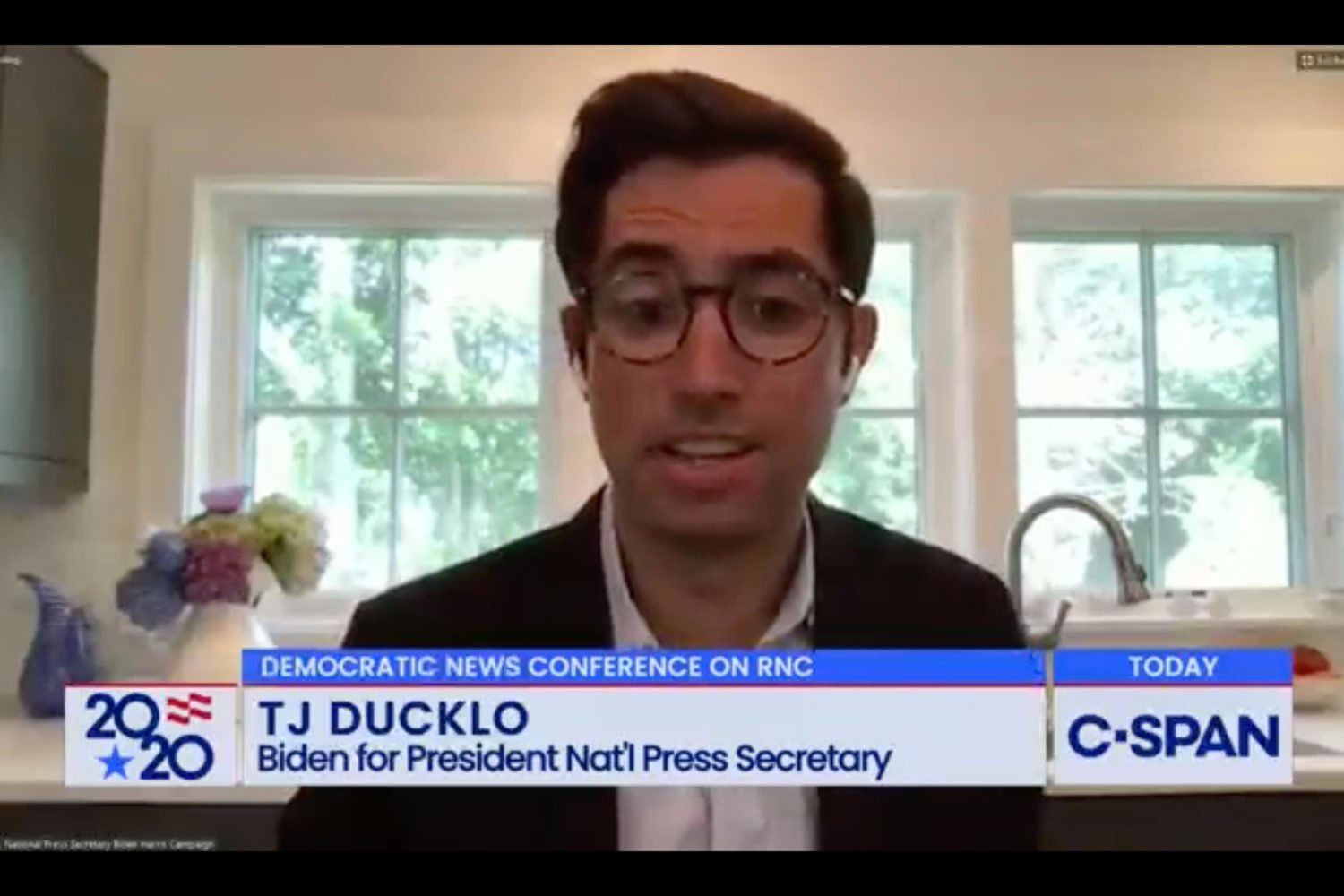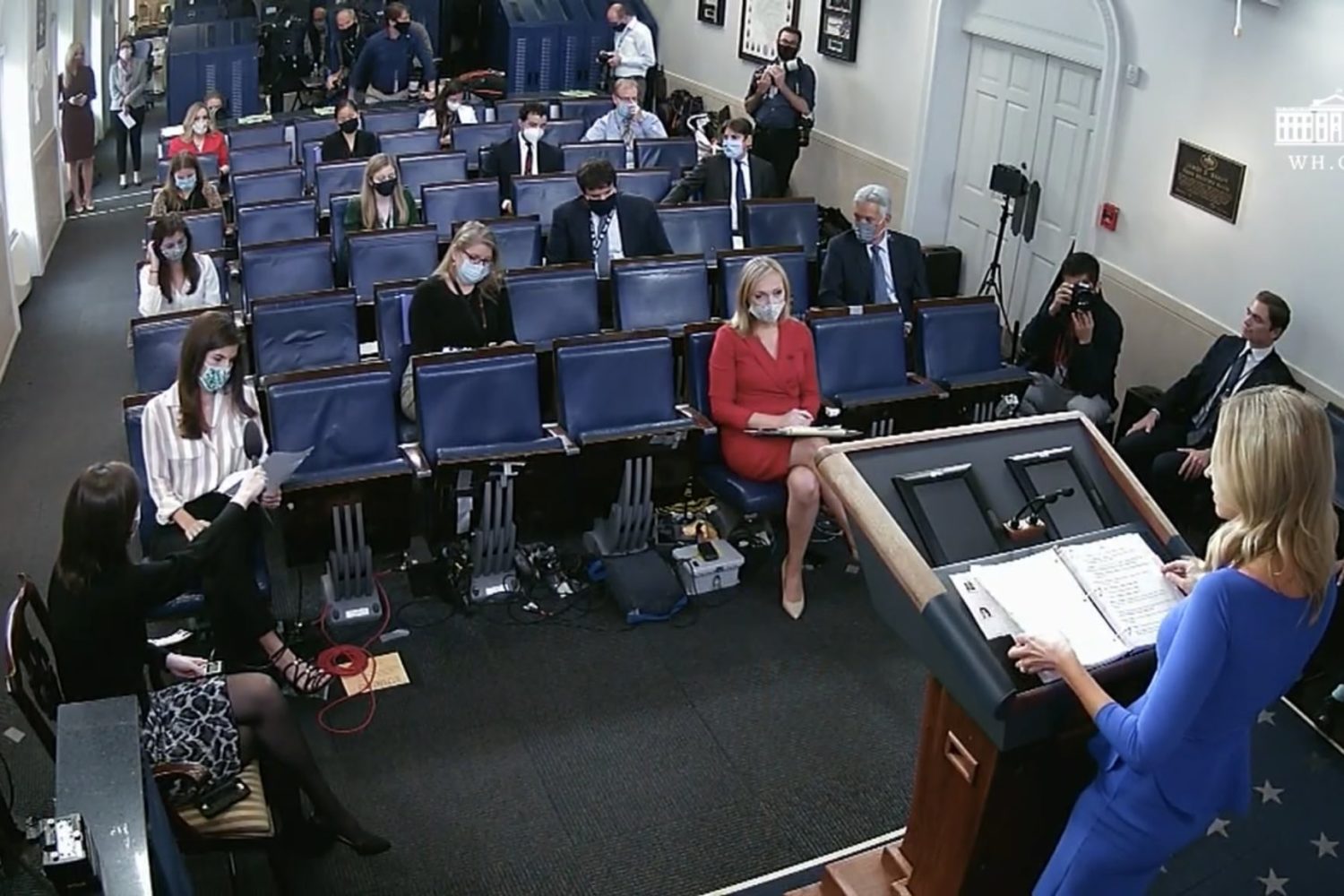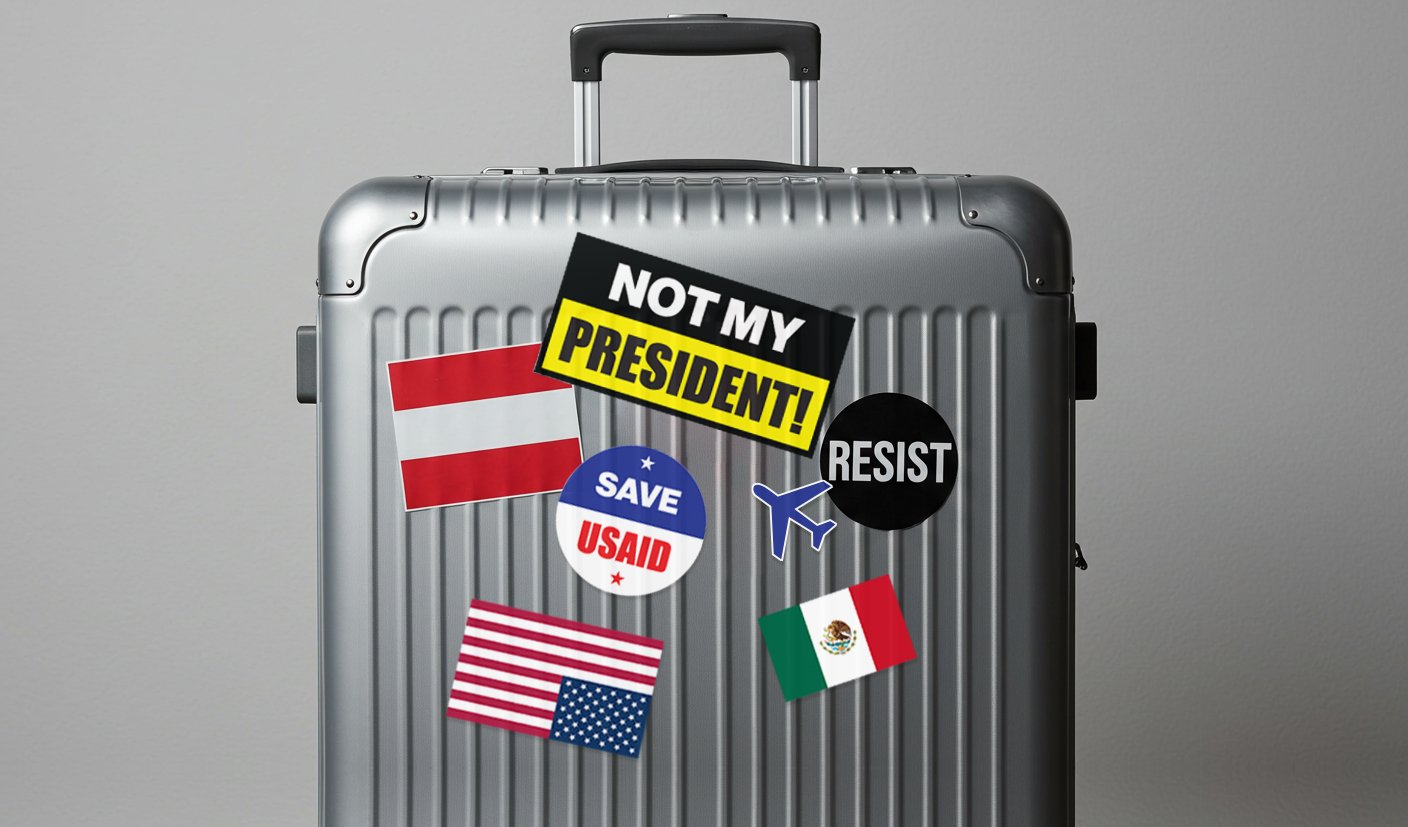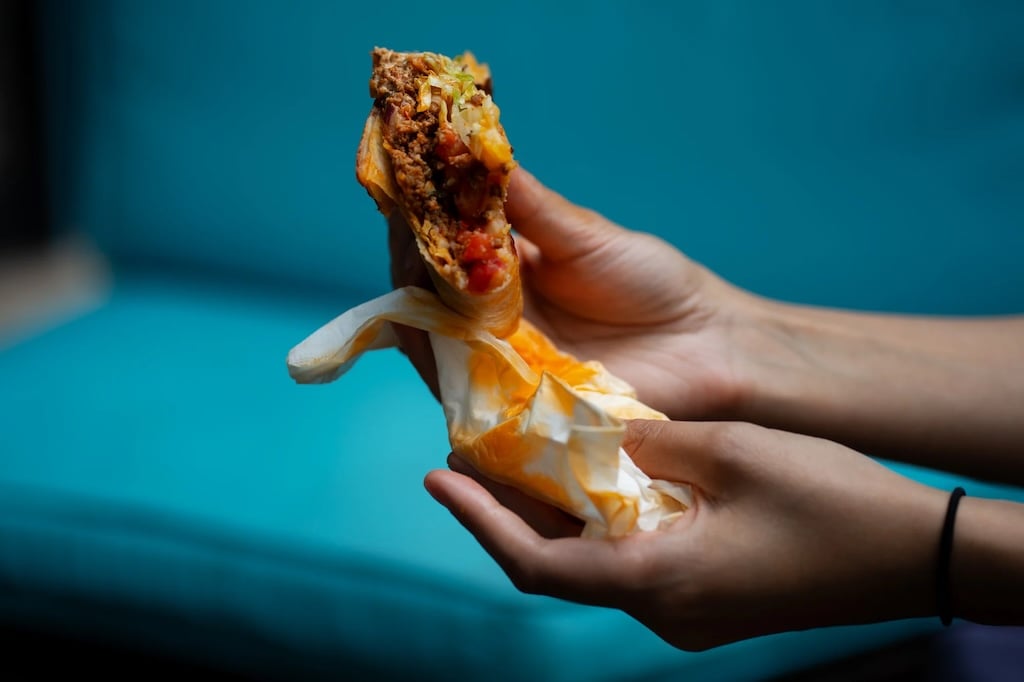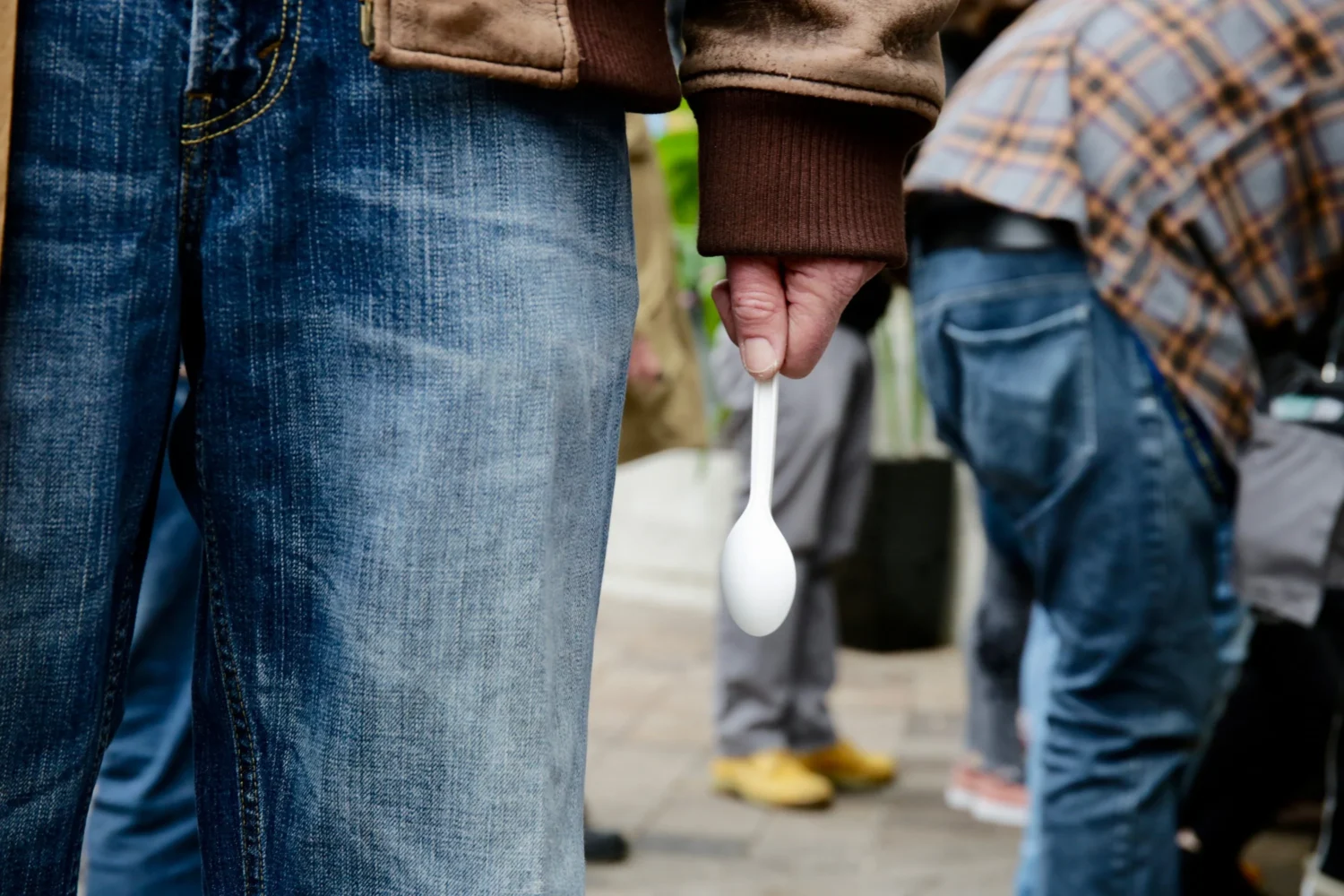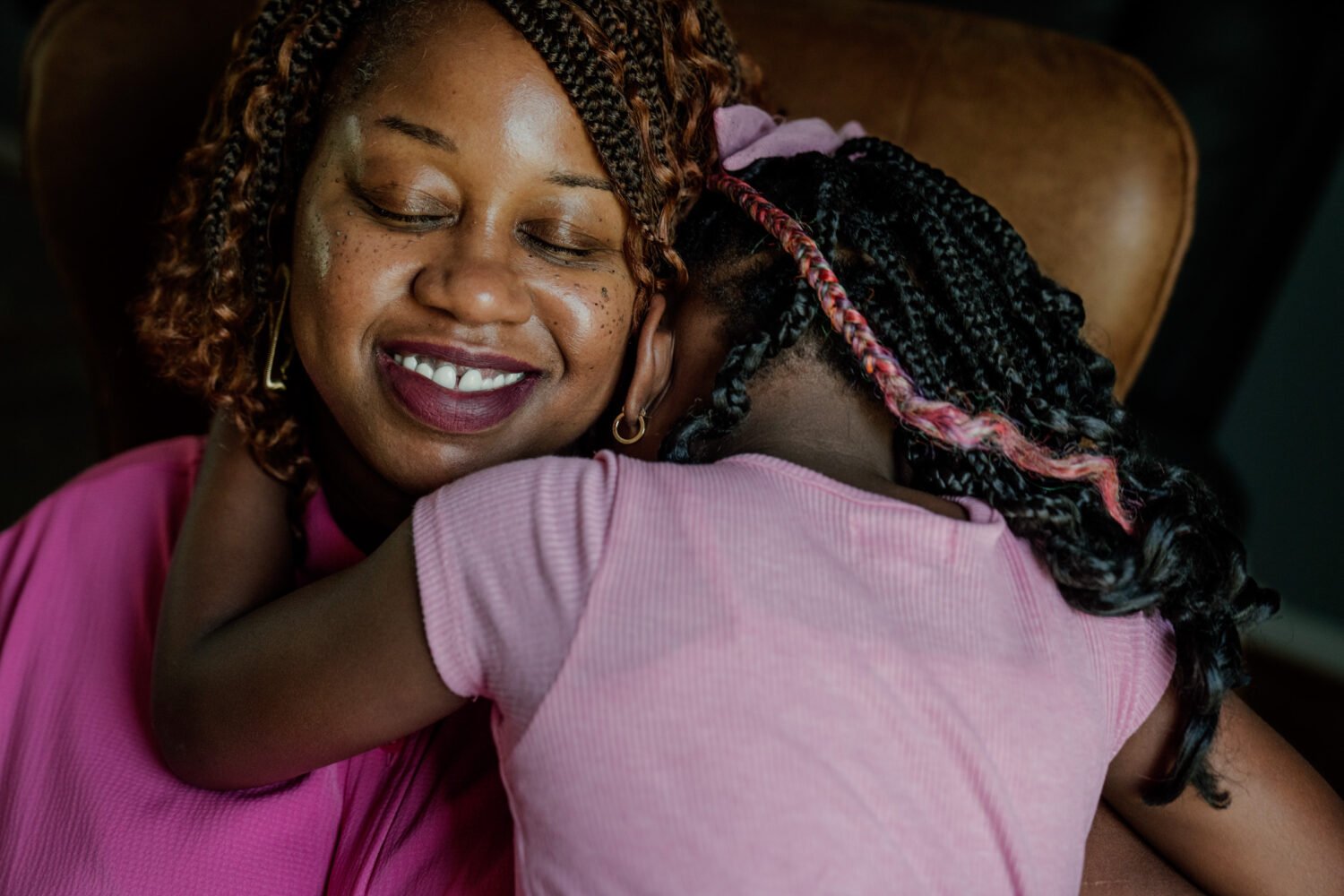In September of 2017, I received what many political reporters consider the golden ticket of our field: a promotion to White House correspondent. I assumed that the one thing that would set me apart from my new colleagues would be my age — being only 23 at the time, I rounded out what I affectionally called the “college holdover contingent” of the press corps. The only people around my age were Trey Yingst, then with One America News Network, as well as a smattering of young producers and reporters at CNN and interns who had elbowed their way into field assignments. Yet it wasn’t my relative greenness that set me apart. On my first day at 1600 Pennsylvania, I noticed something upsetting but not wholly unsurprising: the James S. Brady Briefing Room was unquestionably, well, white. It’s a problem highlighted in Paul Farhi‘s recent piece in the Washington Post that grapples with the question: does a diverse press corps even matter?
I think you know what my answer to that is.
As a mixed-race reporter in Washington, a non-diverse newsroom was nothing new to me; DC media as a whole has a tendency to make stars of reporters who have a fairer complexion. But the lack of diversity in the room was jarring. My immediate reaction was to glom on to reporters who looked like me, who could fight for me, relate to me. Frankly, that list was pretty short. I found myself lucky enough to forge strong relationships with American Urban Radio Network’s April Ryan, and the Daily Mail‘s chief White House correspondent, Francesca Chambers. I’d make a point to befriend other prominent black figures, like Bloomberg’s Toluse Olorunnipa and Fox News’s Kevin Corke. But my group of advocates was sparse at best. I realized quickly that there needed to be a better mix of people in that room: not just people of different races, but also people with disabilities and different class backgrounds. And, yes, a better mix of genders. Yet in an age where horse-race journalism is king, there’s less of a chance to see a well-balanced corps. Let me put it this way: there’s far less palace intrigue from those routinely kept off the castle invite list.
I’ve found it difficult to be a reporter who delivers on insider gossip in the Trump White House. “Good” journalism in the Trump-era has become synonymous with access. But when you’re talking with people who view any hint of race as an on-ramp to identity politics, it’s almost impossible for a black reporter to gain their trust. Which is why I ended up covering mostly policy during my time as a correspondent at Independent Journal Review; it was easier to score an interview with policy experts about the National Space Council than it was to get a confirmed introduction meeting with a mid-or-senior level administration staffer. It’s a barrier and assumption my non-minority colleagues aren’t required to face. That might be why legacy outlets have hedged their bets on all-white teams, who can present as “neutral” and navigate through the social scenes of their demographic peers with an ease I can only dream about. Not to say that the only good reporting is pull-back-the-curtain writeups; plenty of my colleagues focus on wonk and legislation, and many of those reporters are non-white. But those are not the marquee names readers and watchers know or the stories that bubble up online.
Short of stopping and resetting the entire circus, though, is there any way to slowly change that power structure from within? Well, one option is running for the most visible positions of the press corps, the board of the White House Correspondents’ Association. Lucky for us, the board of ten currently has four women, two of them minorities, one of them half-black. While it’s not a silver-bullet solution, increased diversity from the top may trickle down to the rest of the rank-and-file, or to prospective reporters who feel underrepresented on the beat.
Minority reporters are inclined to accept things at face value, and since we tend to work for non-legacy or digital-first outlets, our editorial priorities are bound to be different from those who sit in the first three rows. I think it’s sad that there’s not a non-white reporter on the New York Times‘ White House team, but we do ourselves a disservice as consumers to focus solely on the briefing room’s heavyweights. Consider recognizing the Root, Voice of America, BuzzFeed, or the Daily Caller, which all employ non-white correspondents. While our ranks are few, there are minority reporters that you don’t see or may not have heard of, mostly because we’re crammed into the aisles or in the back rows of press conferences.
“It’s not about quotas,” Ryan tells me on a phone call. “It’s about filling out the picture with those who can add a little more to the story.” Having a diverse line-up does a serve to the American public, she says, since “everyone does not have the same understanding and awareness of each story.” I’m inclined to agree with her. “It’s the texture,” she adds, “we need that texture and history to work well.”

